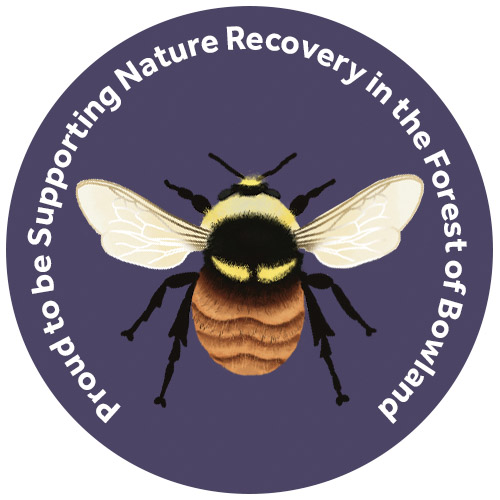Bombus monticola
Did you Know?
The bilberry bumblebee is distinctive, with extensive red marking over its abdomen. It is nationally scarce and in serious decline. It relies on peatland habitat that is susceptible to climate change. Queen bees feed almost exclusively on bilberry stands found across moorlands. However, a mosaic of habitats including heath and speciesrich grasslands are needed for the worker bees to forage on heathers, clovers, brambles, and thistles. It can be vulnerable to loss of species rich grassland along the moorland fringe
Fun Fact:
Bilberry bumblebees nest amongst tussocky grass on the surface of the ground or just below the surface and have around 50 to 70 workers. They have a long tongue and feed on a range of flowers such as bilberry, heather and white clover.
Identification:
The bilberry bumblebee is black with fiery orange-red hairs covering more than half of the abdomen (the rear section of the body), a broad collar of yellow hairs behind the head, and a thinner yellow band across the bottom of the thorax (the middle section of the body).
